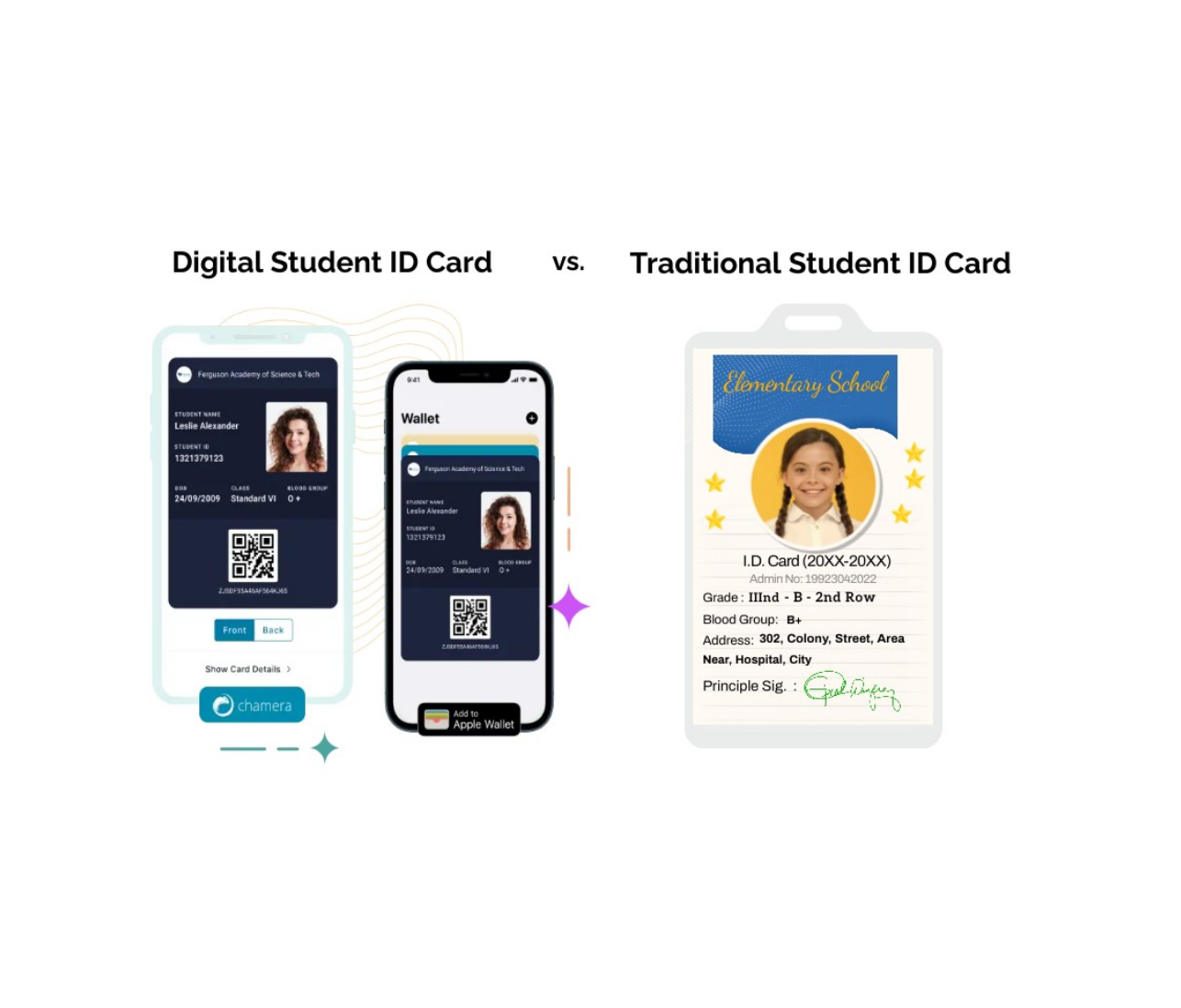In today’s pressure-cooker world, teenagers face a multitude of challenges, from academic stress and social anxieties to bullying and cyberbullying. These stresses can take a toll on their mental health, leading to alarming rates of anxiety, depression, and even suicidal ideation. According to the Australian Institute of Health and Welfare (AIHW), suicide is actually the leading cause of death for young people aged 15-24. In this critical situation, educational institutions play a vital role in supporting their students’ well-being with the revolutionary digital ID card – a beacon of hope, accessibility, and potentially life-saving support. Let’s know together how this latest technology work in saving teen lives.
How Digital ID Card make the changes
The teenage years are a period of profound transition and vulnerability. Adolescents often grapple with a myriad of challenges, including academic stress, peer pressure, bullying, and mental health issues such as anxiety and depression. Moreover, concerns about safety, both within and outside the school environment, add another layer of complexity to their daily lives. Traditional student ID cards are typically made of plastic or paper. They offer limited functionality beyond basic identification. In contrast, digital ID card for students leverage technology to provide a comprehensive solution that addresses the multifaceted needs of today’s teens.
Enhancing Mental Health Support
One of the primary ways digital ID card for students empower teen mental health is by facilitating access to support resources. Through integrated mobile apps or online platforms, students can easily connect with counsellors, mental health professionals, or peer support groups. Whether they’re struggling with academic pressure, relationship issues, or emotional distress, the anonymity and convenience afforded by digital platforms encourage more adolescents to seek help when needed. By promoting self-awareness and proactive coping strategies, these resources empower teens to manage their emotions effectively and build resilience in the face of challenges.
Building Community and Connection
Digital IDs can function as virtual passports, granting access to school clubs, events, and activities based on individual interests. This fosters a sense of belonging and connection, particularly for students who may feel isolated or marginalised. The ID can also facilitate peer-to-peer interaction through secure messaging platforms or forums, creating a supportive online community where students can connect with others and share experiences.
Ensuring a Safe Environment
In addition to supporting mental well-being, digital ID cards play an important role in ensuring safety measures within educational settings. These smart tracking capabilities allow school administrators to monitor students’ whereabouts during school hours or off-campus activities. In the event of an emergency or crisis situation, such as a school lockdown or natural disaster, the real-time location tracking can facilitate swift and effective response efforts, ensuring the safety of all students and staff, thanks to the digital ID card.
This digital technology can also integrate with security protocols, such as access control systems and visitor management software, to regulate entry into school premises and monitor individuals’ movements. By enhancing visibility and accountability, these measures deter unauthorised persons from entering the campus and mitigate the risk of incidents such as intrusions or trespassing.
No Chance of Losing ID
Student ID is the only card that helps students introduce themselves. Using this ID, they take part in all the activities. Students who forget or lose their ID cards are left with nothing in these situations. Switching to a digital ID card guarantees they will always remain in arm’s reach. Using apps or browser, students can access their digital ID on any device. Knowing that students have this safety blanket of consistent accessibility and reliability can help everyone in your community feel a sense of relief.
Data-Driven Insights for Improved Well-being
Digital IDs can collect anonymised data on student engagement with resources, access to support services, and participation in activities. This data can be analysed to find out trends, potential issues, and areas for improvement. Schools can then tailor their mental health initiatives and interventions based on real-time data, ensuring they effectively address the evolving needs of their student population. Nowadays, most digital ID card apps have the feature of collaborating with digital wallets like Apple Wallet and Google Pay. This is a next-level benefit that authorities can use to track students’ locations if necessary.
Promoting Inclusivity and Equity
Another compelling aspect of digital ID card for students is the potential to promote inclusivity and equity in educational environments. Traditional ID systems often rely on physical cards that can be lost, stolen, or damaged, disproportionately affecting students from low-income backgrounds who may struggle to afford replacement fees. In contrast, digital IDs eliminate these barriers by providing a secure and easily accessible means of identification.
Along with that, digital ID card systems can accommodate diverse needs and preferences, allowing students to customise their profiles with relevant information. By fostering a culture of acceptance and respect, these inclusive features contribute to a more supportive and welcoming school climate for all students, regardless of their backgrounds or identities.
Ensure Student Well-being with Chamera
Digital student ID cards represent a significant step forward in creating safe, inclusive, and supportive school environments. Chamera recognises all growing needs for student well-being. We have made student safety one of our key priorities to ensure all the students have access to more comfortable and a safer campus experience. You can enjoy all these digital and easy-to-use features to save your student’s life free of cost. By empowering students with secure access to resources, fostering connection, and providing data-driven insights, these innovative tools can significantly improve mental health and well-being in educational institutions.
Last Words
As we continue to navigate the complexities of adolescent mental health and safety, embracing innovative solutions such as digital ID card is essential. By embracing the power of technology, educational institutions can create environments that prioritise the mental health, well-being and security of their students, empowering them to thrive academically, socially, and emotionally. In the journey towards empowering teens, every innovation counts. Let’s embrace the potential of digital ID card for students to create safer, healthier, and more inclusive learning environments for all.




